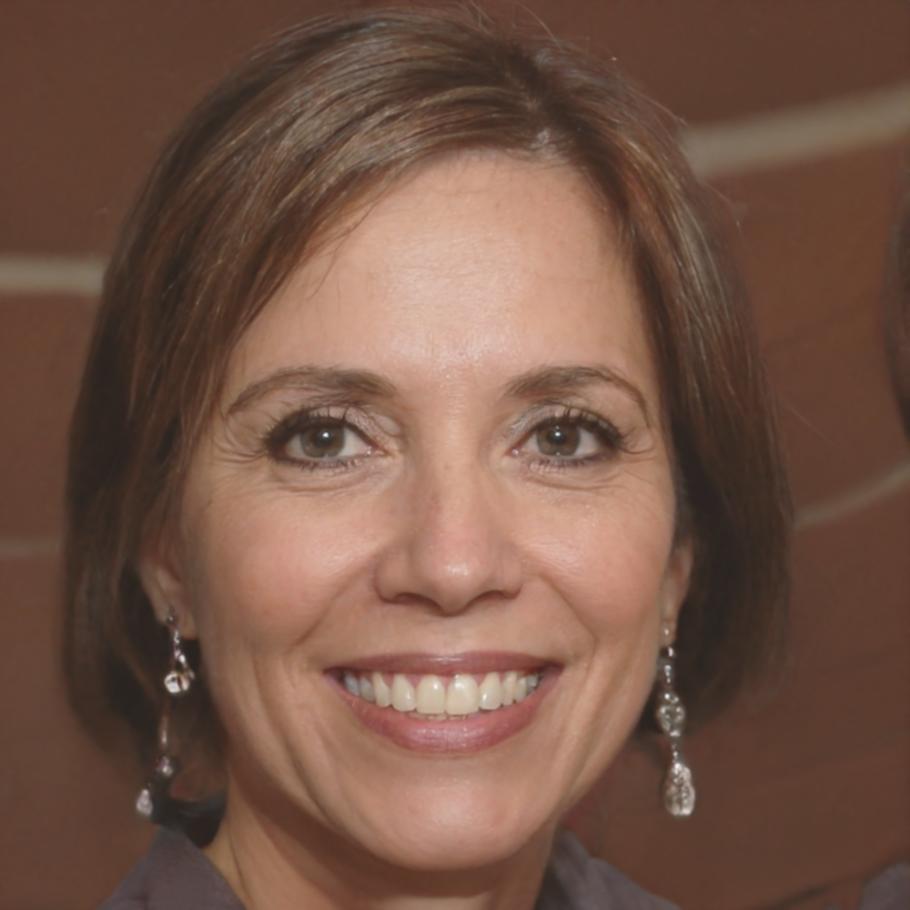Master Financial Automation That Actually Works
Stop wrestling with spreadsheets and manual processes. Our structured program teaches you to build financial systems that run themselves — from basic automation to advanced workflows.

Build Skills That Transform How You Handle Money
Most people think automation means buying expensive software and hoping it works. That's backwards. Real automation starts with understanding your financial patterns, then building systems step-by-step.
-
1
Financial Pattern Recognition
Learn to spot recurring transactions, identify automation opportunities, and map your money flow before touching any technology.
-
2
System Architecture Planning
Design automation frameworks that scale with your needs. No more band-aid solutions that break when your situation changes.
-
3
Implementation and Testing
Build your systems with proper error handling, backup plans, and monitoring. Test everything before going live.
-
4
Maintenance and Optimization
Keep systems running smoothly, adapt to changes, and continuously improve performance based on real data.

Learn From Someone Who's Actually Done This
Real expertise comes from years of building, breaking, and rebuilding financial systems. Here's who you'll be working with.

Zorina Kellerton
Lead Systems Instructor
Spent eight years automating financial operations for mid-size businesses. Knows exactly where systems fail and how to prevent it. Started teaching because she was tired of seeing people struggle with overcomplicated setups that don't work.
What You'll Actually Learn
Core Automation
- Transaction categorization
- Recurring payment setup
- Alert configuration
- Report generation
Advanced Systems
- Multi-account coordination
- Investment rebalancing
- Tax preparation automation
- Emergency protocols
Risk Management
- Backup system design
- Security implementation
- Error recovery plans
- Performance monitoring
Business Integration
- Cash flow forecasting
- Expense tracking
- Revenue optimization
- Compliance monitoring

How We Structure Your Learning Journey
Each phase builds on the previous one. You won't move forward until your current systems are solid. This prevents the common problem of having half-working automation that creates more problems than it solves.
Foundation Phase
Start with manual tracking to understand your patterns. Build spreadsheet models before any automation. Most people skip this and regret it later.
Basic Automation
Simple recurring transactions, basic categorization, alert setup. Nothing fancy yet — focus on reliability over complexity.
Advanced Workflows
Multi-step processes, conditional logic, integrated reporting. Now you're building systems that make intelligent decisions.
Optimization and Scaling
Fine-tune performance, add business intelligence features, prepare systems for growth. This is where automation becomes truly powerful.
Next cohort starts September 2025
